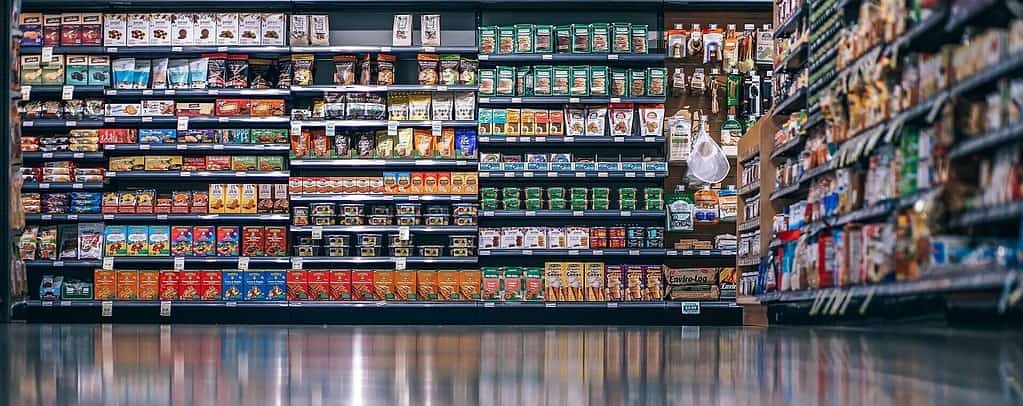
In this modern and advanced world, we have to continuously keep up with the latest methods and technologies being implemented around us. Advancement is required in the food industry, especially to get the packaging on point with the evolution of packaging techniques. This leads to your business having a competitive edge on busy supermarket shelves and being superior to the rest. The ideal packaging consists of being lightweight, no health hazards, sturdy, and most importantly environmentally friendly and recyclable.
What is food packaging?
Packaging builds recognition. The most appealing aspect of a product is its packaging. Customers are most likely to be drawn to your packaging. They will judge your products’ food quality by the packaging because it automatically conveys the effort and thought put into the product and its design. Food packaging has vast purposes, from preserving food quality alongside conveying important information about the product and creating portion sizes. No matter how incredible the quality of your food is, without an appealing package your product will not stand out to the customers. Brands have to make sure that their packaging speaks for the product itself and makes the consumers pick them instead of their competitors. The packaging should be a result of consumer psychology along with a perfectly aligned design strategy. Your logo, labels, and design should make your product stand out in the market. Whenever people visit, your product is the first thing that comes to their mind. Additionally, incorporating packaging ensures that your product reaches customers in perfect condition, enhancing their overall experience and satisfaction.
Types of food packaging and list
Metal (Steel, tin & aluminum)
The standard use of metal in packaging is with the help of tin-coated steel and aluminum cans. Metal aids in the process of making the packaging heat resistant, durable, and easy to recycle.
Tin cans
Tin cans are ideal to use to preserve food or while traveling. The steel sheet coated with tin prevents the corrosion of steel. Cans can be used to preserve items like fruits, vegetables, meats, gravy, cookies, popcorn, muffins, etc.
Aluminum foil packaging
Aluminum gives the producer and consumer the biggest advantage of having eco-friendly packaging. This makes the packaging of your product environmentally friendly. It’s a budget-friendly way of packaging and can be recycled easily. Aluminum foil is a highly flexible material that allows consumers to preserve their food in a domestic environment. This increases the practicability of the packaging making it increasingly effective and easy to use.
Glass
Glass is good preservation material because it is moisture and heat resistant and sustainable. It is ideal for people who want to see the food inside before purchasing it because it is fully transparent. Glass helps you heat treat the product after filling and it will not let any air inside making sure its seal remains intact. It is a fully recyclable material and can be used to contain goods frequently.
Paper
Paper is the most widely used packaging medium for cereal boxes, snack crackers, etc. It is a highly cheap material and can be used to package goods produced in mass production. Paper is also lightweight along with having a fantastic printing capacity to make your packaging appealing to the audience.
Plastic
Plastic is one of the most comply used materials for food packaging due to its light nature. It is also very light on your pockets and is microwaveable.
Advantages of tin packaging
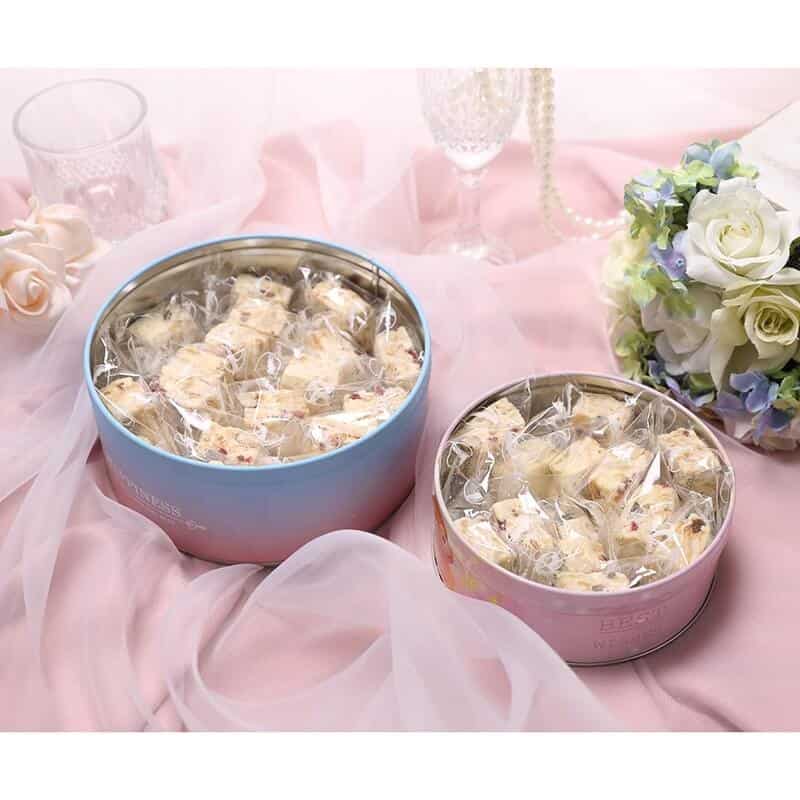
It is a well-proven fact metal tin container is highly beneficial in the modern-day, due to their vast benefits. These include it coming at a low price, with high electric conductivity and protection against rust. They ensure the aroma of the food stays as it is, and make the consumer use it continuously without ruining the preservation of the food. They have a much longer life span compared to other materials and can be given a second life once the product they contain is finished. They support flexibility during the packaging hence providing a diverse range of options to the manufacturer to appeal to the audience. No matter metal tins or aluminum tins are all recyclable and food safe.
Conclusion
It is vital to pick favorable packaging, and ideal container material to conserve different types of food perfectly. The more creative you are with your protective packaging , the more demand it will be on the market shelves. Creativity includes you incorporating the latest trends along with an out-of-the-box approach about its shape and structure. Unique fonts, bold colors along creative placement enhance the product’s worth and make it wanted more. Imagine selling cereals in a box-shaped like a cereal? People will automatically be drooling over the execution and would get their hands on visually appealing packages like that. The ingredients can listen to upfront with bold colors and massive fonts assuring the credibility of your product. These highlights will assure the customers how strongly you believe in your product. The more the company uniquely places their product, the higher the chances are of people being intrigued by it along with brand recognition.
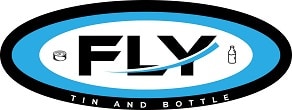
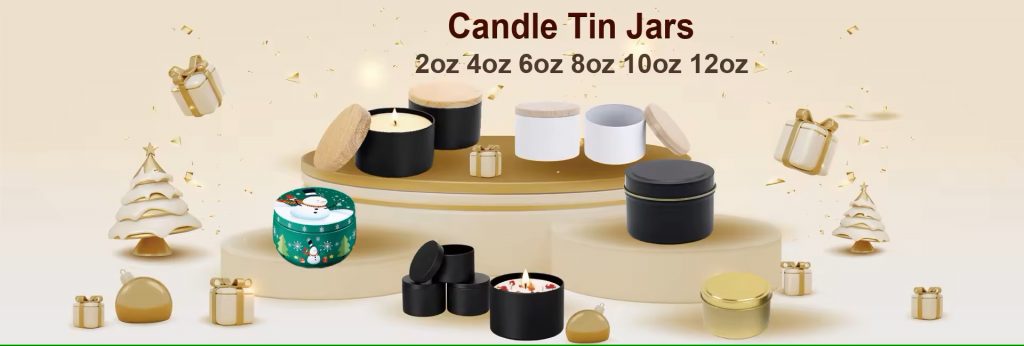
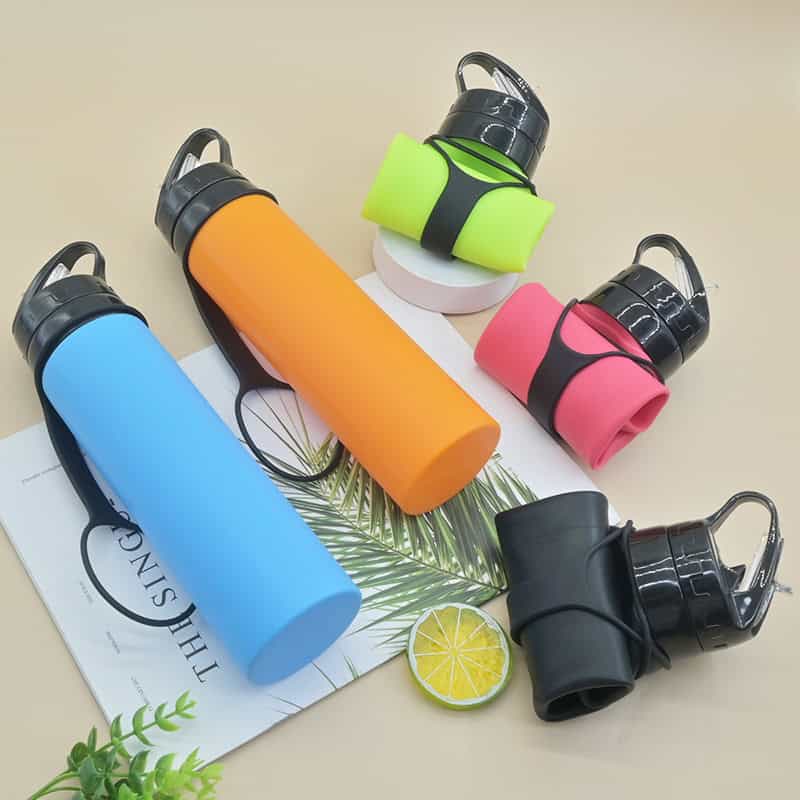
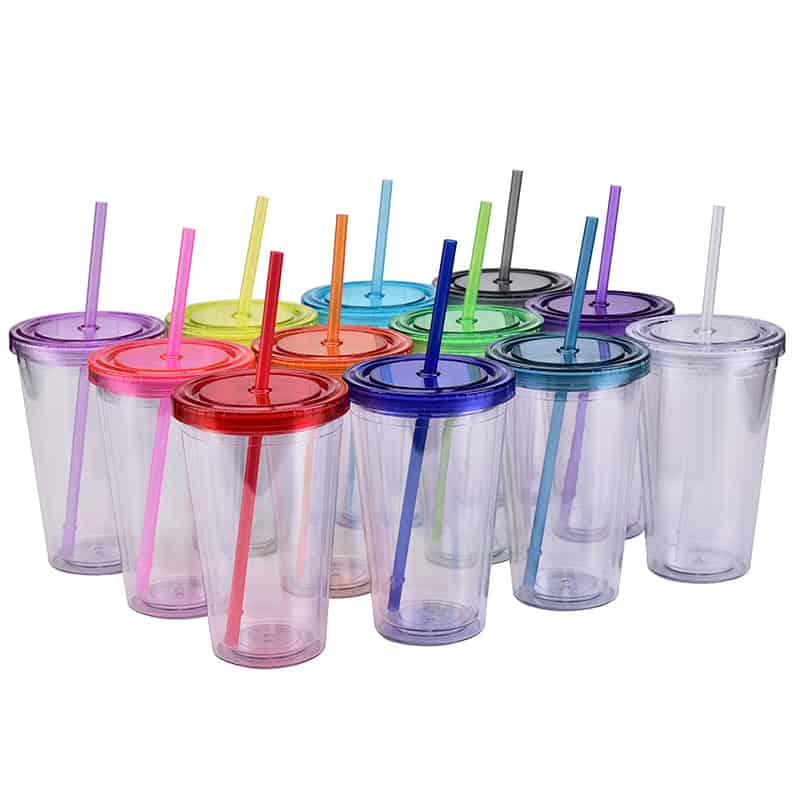
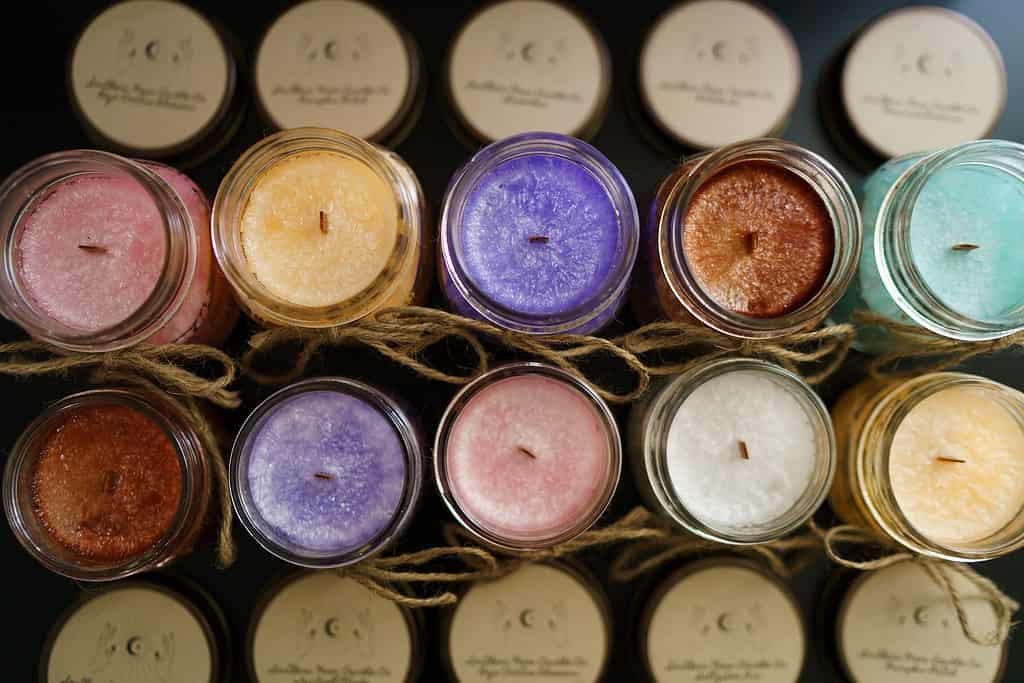
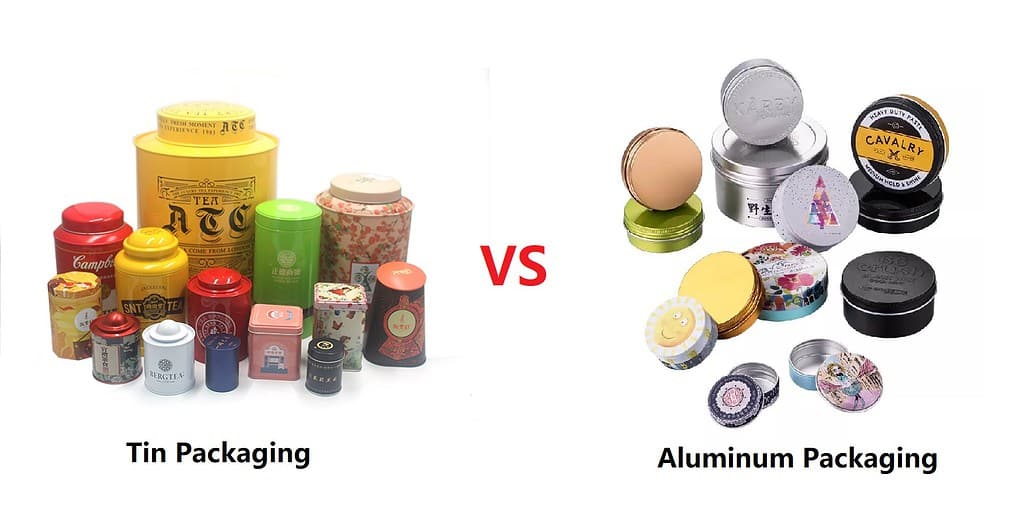
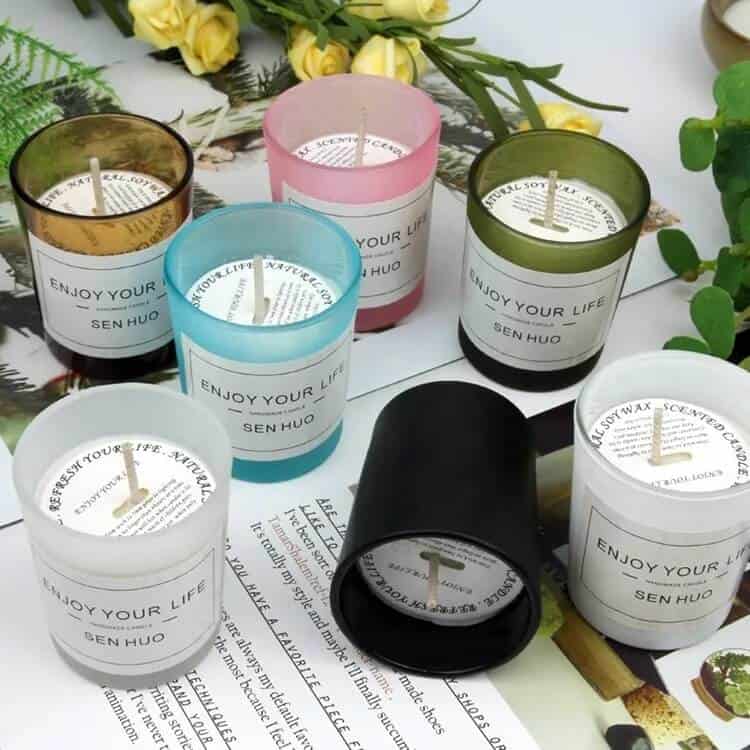
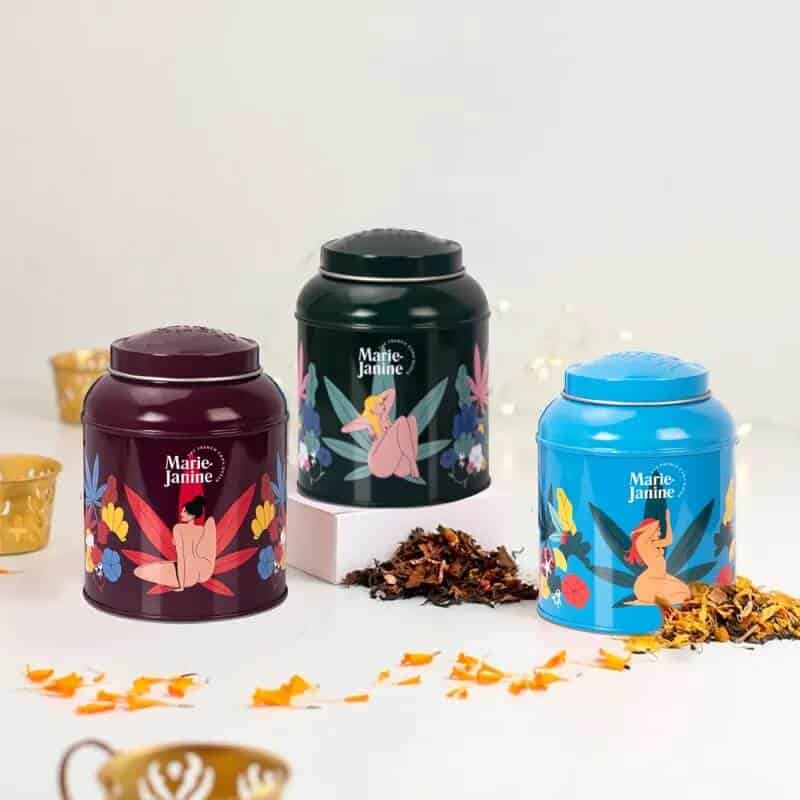
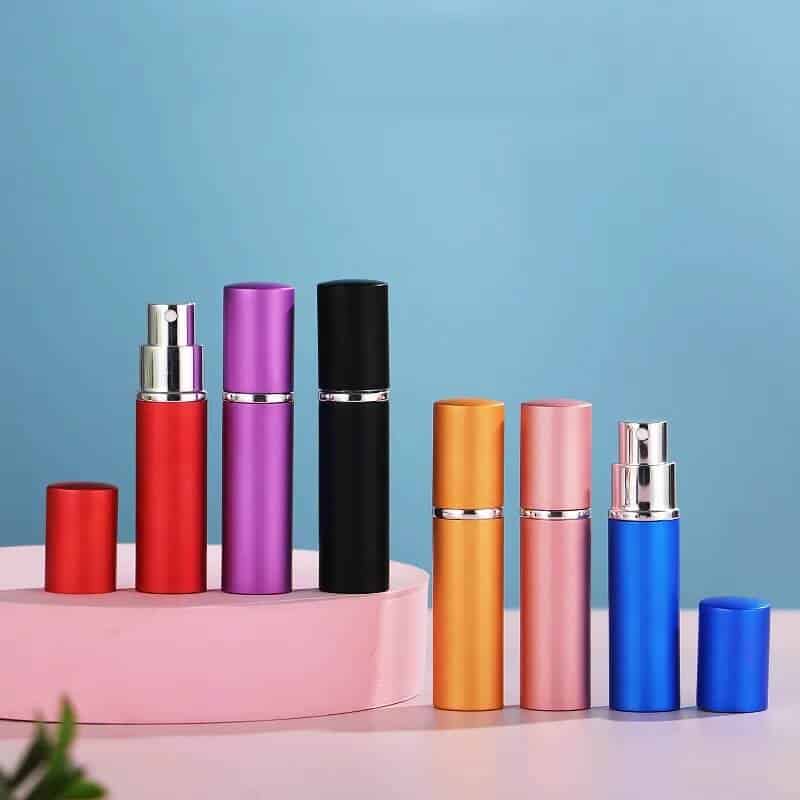
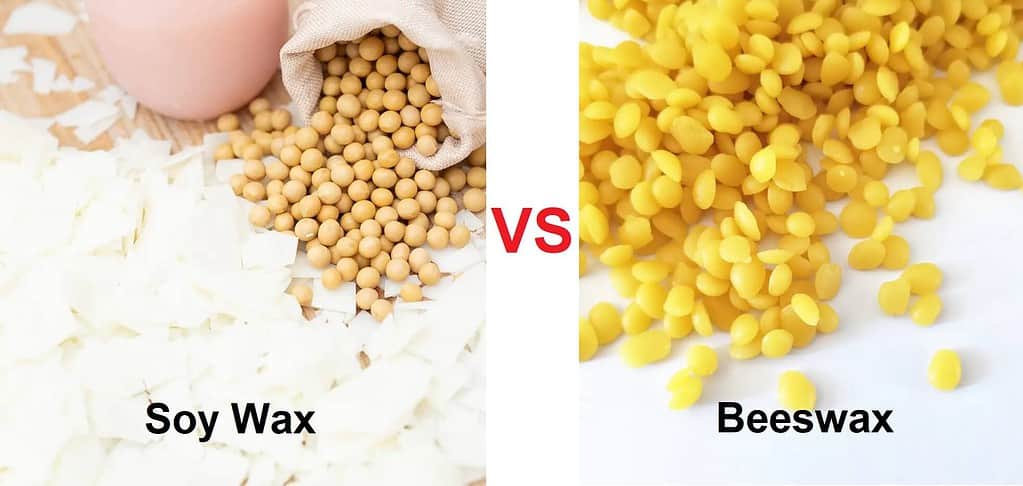
5 thoughts on “Types of food packaging”
Comments are closed.